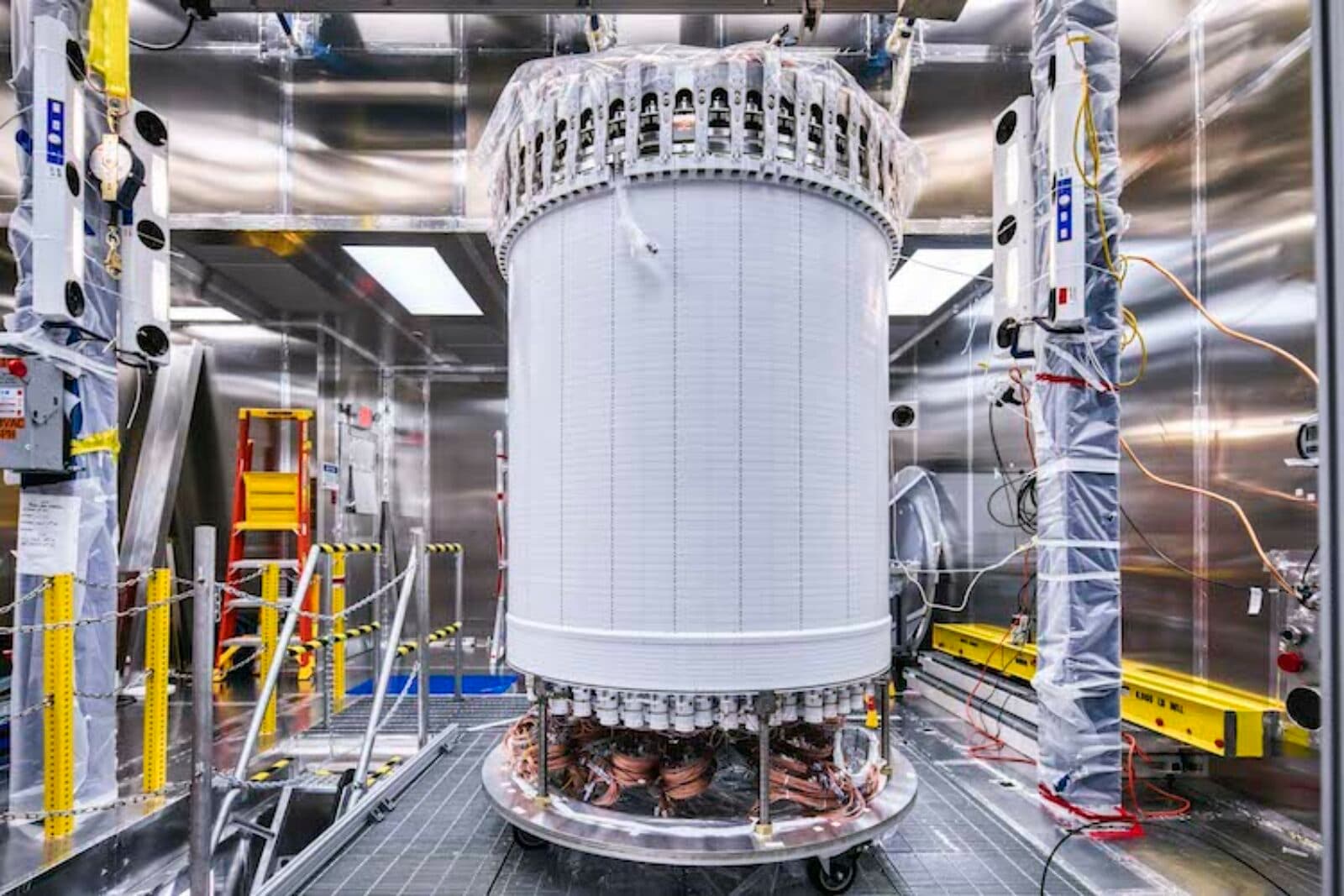A Pipeline of Discovery
by Adam Hadhazy
New discoveries roll in, while even newer ones look to be just around the bend

The Author
Like life, science just keeps coming at you. Unlike some of those bolts from the blue—both good and bad—in life, most of science's big happenings are the result of painstaking preparation. Researchers spend years, even lifetimes developing new instruments and new ways of understanding data. This past month for instance, Kavli Institute-affiliated researchers saw the fruits of their labors in the form of fresh discoveries thanks to the TESS satellite. The exoplanet-hunting craft finally launched in 2018, after scrupulous development since the mid-aughts. The germ of the idea for the Laser Interferometer Gravitational-wave Observatory (LIGO) went back even longer, to the mid-70s; the observatory at last made its breakthrough discovery in 2015. (With more possibly on the way, read on.) Another potential trailblazer, a new dark matter detector with the decidedly rock-and-roll moniker of LUX-ZEPLIN, is now waiting in the wings. With any luck—well, more like decades of hard work, building on all that had came before—the powerful instrument could make a breakthrough detection. It seeks elusive dark matter particles thought to compose more than 80% of the matter in our universe. You see, all that we've discovered so far has pertained to the tiny bit of "normal" matter in the cosmos. In other words, there's still a lot out there, literally and figuratively, still to be found.
It's ready! Assembly has finished on the "heart" of a next-generation dark matter detector, called LUX-ZEPLIN. It consists of a nine-foot-tall chamber of xenon gas lined with sensitive light sensors. Hopefully, those sensors will register telltale signals of dark matter passing through the tank starting in 2020. The Kavli Institute for Particle Astrophysics and Cosmology (KIPAC) is a key contributor to the project.
A new kind of pulsating star, technically a hot subdwarf, is now on the books, thanks to Thomas Kupfer. He's a postdoctoral scholar at the University of California, Santa Barbara’s Kavli Institute for Theoretical Physics (KITP), and he worked with KITP's Director, Lars Bildsten, in understanding the discovery. KITP researchers explore multiple areas of physics, from astro to bio to theoretical.

The nebula remains of a dead giant star surround the remaining subdwarf O star, another kind of hot subdwarf. Photo Credit: EUROPEAN SOUTHERN OBSERVATORY
Researchers have taken their first good look at a close-in planet around a small red star. To their surprise, the world — dubbed LHS 3844b and about 1.3 times larger than Earth — lacks an atmosphere. Instead, it is a bare, scorched rock, like Mercury. LHS 3844b was discovered by the Transiting Exoplanet Survey Satellite (TESS), whose development was led by the Massachusetts Institute of Technology's Kavli Institute for Astrophysics and Space Research (MKI). MKI scientists coauthored a new study describing the results.

Artist’s rendering of the surface of LHS 3844b, a planet that has been found to have no atmosphere. Image: NASA/JPL-Caltech/R. Hurt (IPAC)
Astronomers are abuzz that the Laser Interferometer Gravitational-wave Observatory (LIGO) might have detected the first smash-up of a black hole and neutron star in history. The detection in mid-August is still being analyzed. MKI researchers, including 2016 Kavli Prize in Astrophysics winner Rainer Weiss, spearheaded LIGO. Kavli Institute for Cosmological Physics (KICP) at the University of Chicago's Daniel Holz eagerly studies LIGO's findings.

Gravitational waves may have revealed a black hole in the process of swallowing up a neutron star (illustrated. If confirmed, the event would be the first of its kind ever seen. Image credit: DANA BERRY/NASA
A researcher at the Kavli Institute for the Physics and Mathematics of the Universe (Kavli IPMU) has contributed to a first-of-its-kind model of the universe's evolution that relies on artificial intelligence. This new machine learning approach, which bridges the gap between accuracy and efficiency of prior models, could advance our understanding of how the vast web of galaxies comprising cosmic structure took form over eons.